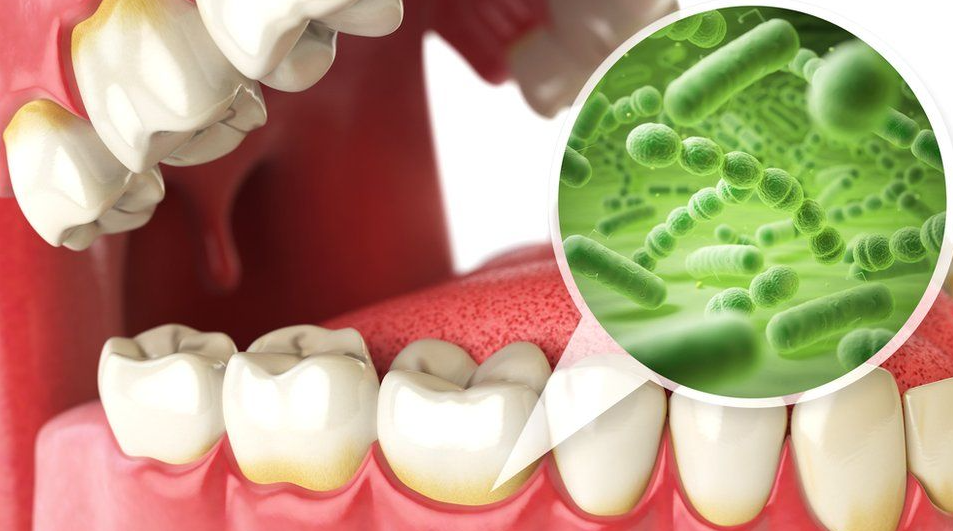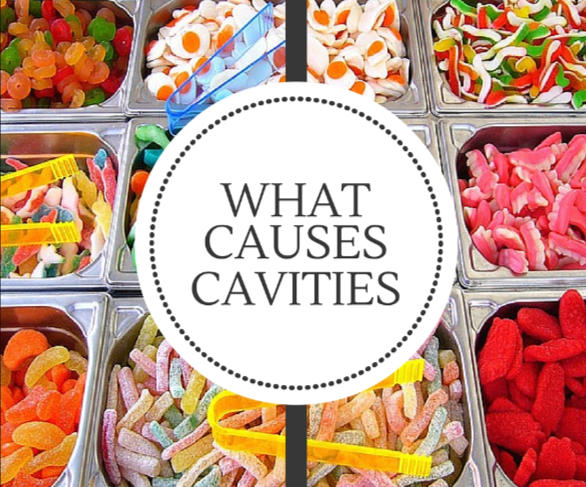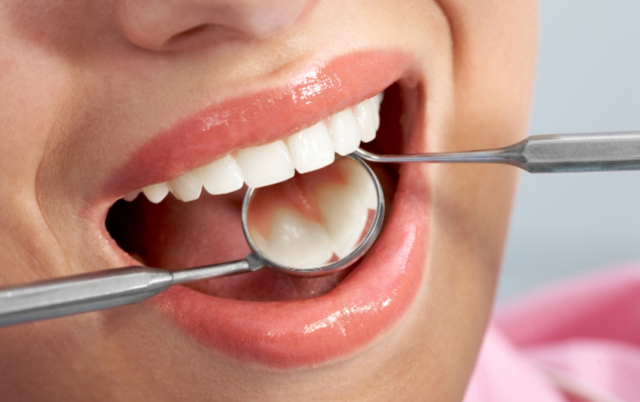Contents
How To Fill Cavity At Home – The tiny black spots on your teeth are nothing but cavities. These cavities only increase over time and affect your dental health significantly. In this article, you discover what cavities are, everything you need to know, and the dos and don’ts related to maintaining dental health.

All you need to know about cavities.
The teeth consist of various layers of tissues, blood vessels, and the outermost and most important layer, enamel. Like any other body part, teeth contain various layers bacteria can penetrate, and there is always a possibility of damage or decay. Let’s take a look at how these cavities are formed.
Formation of cavities:
-
When individuals eat foods that are high in sugar and starch, it increases the formation of plaque and forms a coating on the teeth. This plaque then hardens the surface of the teeth and gums and increases the activity of bacteria in the mouth.
-
Next, it attacks the outermost protective layer of the teeth and causes holes in the enamel. It then enters the teeth’ inner layers and affects the teeth’ sensitivity to cold, hot, and sweet sensations.
-
This plaque causes further decay and worsens the cavities causing swelling and sharp pain in the teeth. Thus, the teeth may be moderately or severely affected by the cavities at this stage and cause problems.
Types of Cavities:
There are three main types of cavities depending on the layer or surface of the teeth it has affected. These have been listed below:
-
Root cavities are cavities formed in the roots. These are most common in elderly people as they have conditions like receding gums, making it easier for the bacteria to attack the roots.
-
Pit and Fissure Cavities are the cavities that occur on the grooves and the pits of the teeth because food easily gets trapped on these teeth. It is difficult to clean these as most teeth with pits and grooves are behind.
-
Smooth-Surface Cavities are the cavities that form on the outer surfaces of the teeth and are easily visible. It is the least common type of cavity.
How to know if you have cavities?
-
Cavities come with a lot of common symptoms. You can find these symptoms listed below:
-
Mild or sharp pain in the teeth.
-
High sensitivity to cold and hot food and drinks.
-
High sensitivity towards sweet and sugary foods.
-
Toothache while chewing food.
-
Prominent stains on the teeth grow darker over time.
-
Black holes appear like spots on the teeth.
-
Nothing works, no toothpaste, flossing, or mouthwash.
-
Constant bad breath.
These are the most common symptoms that you need to look out for, and get your teeth checked if you have any.
Most common Cavity-causing foods and beverages you should avoid.
-
Sour candies are the most common source of cavity-causing bacteria and plaque. The acid content of these candies affects the enamel and causes damage to the teeth. Chewing this for longer periods causes damage to the teeth and promotes the formation of cavities.
-
Bread is one of the most commonly used starchy food that causes cavities as it sticks to the teeth easily and causes bacteria and plaque.
-
Alcohol causes a condition called dry mouth; that is, your mouth runs out of saliva it needs to maintain teeth health. This speeds up the process of bacterial activity and causes cavities easily.
-
Carbonated Drinks like sodas increase the amount of acid in the mouth and promote damage to the enamel by increasing plaque activity. Dark-colored sodas stain your teeth, and one shouldn’t brush teeth immediately after consuming soda.
-
Ice damages the enamel and can cause chipping of the teeth and tooth damage. This also causes the loosening of the crown.
-
Citrus-rich food and drinks lead to an increase in acidity and boost the process of enamel corrosion. It increases the activity of bacteria and causes other problems like sores in the mouth.
-
Potatoes are one of the most starchy foods available. Individuals consume potato chips and other similar food items frequently. Starchy foods get trapped in the teeth easily and cause enamel damage and damage in the internal layers of the teeth causing increased sensitivity to sweets and hot/ cold items.
Thus, these and several other sugary and starchy food items increase the risk of cavities and thus, should be consumed in moderation.

Let’s look at some Dos and Donts to help reduce or avoid cavities.
-
Self-care is the most important factor. Individuals should have a fixed dental care routine of brushing, flossing, and using a mouth wash.
-
Drinking adequate water can help you stay hydrated and avoid dry mouth.
-
Cleansing the mouth after every meal and snack you eat.
-
Eating a balanced diet and nutritious food items.
-
Consult a doctor if you have symptoms of cavities.
-
Avoiding foods high in sugars and starch is the most important thing.
-
Avoid chewing on sour candies for longer intervals, and
-
Reduce the intake of alcohol, carbonated drinks, and acidic items.

Can you fill cavities at home?
What are different ways in which you can fill cavities at home?
- Fix #1: At-home filing procedure.
One way of filling cavities at home is to get a kit from the pharmacy and create a thick paste by mixing the filling ingredients. Cleanse the mouth thoroughly with a mouth wash or warm salt water. Once it is done, apply a little bit on the crown and teeth and bite slowly until the paste is firm and fixed.
- Fix #2: Oil Pulling.
This traditional ayurvedic method has been used as an alternative to teeth filling. It includes rinsing the mouth with a tablespoon full of coconut oil or sesame oil. However, there is very little evidence of its effects on cavities. According to one research, using this method significantly reduces the effects of plaque-forming bacteria.
- Fix #3: Aloe Vera.
It has antibacterial properties and reduces the chances of cavities. Applying simple aloe vera can fight bacteria effectively and help you reduce the formation of cavities. However, it may only halt cavity formation, and it is unknown if it can restore the enamel or decayed teeth.
- Fix #4 Licorice Root.
This root reduces the presence of bacteria causing cavities and other infections in the mouth. It kills most of the bacteria in the mouth responsible for tooth decay and gum diseases. However, whether this can reverse cavities and restore the teeth to normal is unknown.
These homemade fixes are not backed by any evidence of reversing the tooth decay and may be a temporary fix and halt the decay if you continue using them daily.
Hence, filling the cavities at home may be a pocket-friendly solution, and you can try these. However, it is better to seek the help of professionals and check the severity of your problem. If necessary, you should get it treated by a dentist before the decay spreads and causes severe conditions and infections in the mouth.
